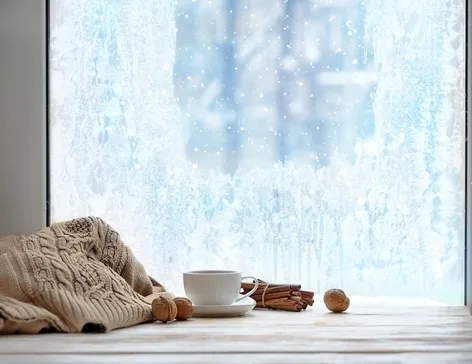Blog Detail

November 21, 2022
Winterize your home with these 7 easy steps
Cold weather is coming, and steps you take now to winterize your home can help prevent problems later on. Belclaire Homes wants you to be ready for everything – from cooler temperatures to extreme weather – and now is the time to ensure your house is winter-ready.
1. Start strong. Your furnace and chimney should be inspected by a pro at least once a year, according to the U.S. Fire Administration. They’ll check to ensure everything is functioning properly and test for leaks and carbon monoxide.
2. Prevent pipe bursts. According to Energy.gov, you lose less heat indoors by keeping your thermostat at a lower temperature, but keep an eye on the pipes. Setting the thermostat for at least 65 degrees can help prevent your pipes from freezing, states the Insurance Information Institute. Make sure you know where your pipes are and how to shut the water off. The quicker you can address any pipe issues, the better chance you have of preventing further damage to your home and possessions.
3. Seal your home. Once you’ve gotten your home to a comfortable temperature, you’ll want to make sure the warm air stays inside. Check door seals and sweeps, as they can wear out over time. They’re easy to replace or install – check out this video from Home Depot.
4. Stay warm in extreme conditions. Power outages can happen in extreme temperatures, so it’s good practice to have a backup plan. Home Depot recommends keeping a non-electrical heating source at home, such as heaters that use natural gas, kerosene, propane, wood and wood pellets to generate heat. It’s important to observe fire safety in these cases – anything that can burn should be kept at least three feet away from heat sources. Gas-powered generators can also be used to run your electrical heat sources during power outages.
5. Check the home’s exterior. Before a freeze can happen, check your roof shingles and gutters for any wear or damage from past weather events. Clear out any debris from your gutters to prevent damage from rain or melting ice and snow.
6. Trim your trees. Ice and snow can wreak havoc on weak trees. Make sure your trees are properly manicured to prevent falling branches, which can damage your home, vehicles or passersby.
7. Be prepared. The harsh reality of winter weather is extreme conditions can strike at any time. That’s why it’s important to have a home emergency kit stocked and ready for the worst. The experts at Home Depot recommend gathering enough supplies to last for three days for each member of your household. Your emergency kit should include water in bottles or jugs, non-perishable food, flashlights, candles, batteries, matches, a battery-operated radio, blankets, prescriptions and over-the-counter medications. This may also include water and food if you have a pet, which should be keep indoors during any extreme weather event.
Starting now means you can get your house ready long before the cold weather arrives. Preparing now could save money and protect your biggest asset – your home – and ensure you spend the winter safe and warm!

Latest Posts
Previous Article

Keep kids and pets safe this holiday season
Next Article


